Archives
- 2025-11
- 2025-10
- 2025-09
- 2025-03
- 2025-02
- 2025-01
- 2024-12
- 2024-11
- 2024-10
- 2024-09
- 2024-08
- 2024-07
- 2024-06
- 2024-05
- 2024-04
- 2024-03
- 2024-02
- 2024-01
- 2023-12
- 2023-11
- 2023-10
- 2023-09
- 2023-08
- 2023-07
- 2023-06
- 2023-05
- 2023-04
- 2023-03
- 2023-02
- 2023-01
- 2022-12
- 2022-11
- 2022-10
- 2022-09
- 2022-08
- 2022-07
- 2022-06
- 2022-05
- 2022-04
- 2022-03
- 2022-02
- 2022-01
- 2021-12
- 2021-11
- 2021-10
- 2021-09
- 2021-08
- 2021-07
- 2021-06
- 2021-05
- 2021-04
- 2021-03
- 2021-02
- 2021-01
- 2020-12
- 2020-11
- 2020-10
- 2020-09
- 2020-08
- 2020-07
- 2020-06
- 2020-05
- 2020-04
- 2020-03
- 2020-02
- 2020-01
- 2019-12
- 2019-11
- 2019-10
- 2019-09
- 2019-08
- 2019-07
- 2019-06
- 2019-05
- 2019-04
- 2018-11
- 2018-10
- 2018-07
-
Nuclear export of GK has been reported to be
2022-02-09

Nuclear export of GK has been reported to be dependent on a GK nuclear export signal (NES), mapped to residues 300–310 (Shiota et al., 1999). The assignment of a nuclear export signal common to both the liver and pancreatic GK isoform sequence suggests a possible reversible translocation of GK acros
-
Ghrelin readily crosses the blood brain barrier Banks
2022-02-09

Ghrelin readily crosses the blood metaformin barrier (Banks et al., 2002, Banks et al., 2008), and recent studies have identified central nervous system sites of action for ghrelin-mediated appetite and hyperphagia (Alvarez-Crespo et al., 2012, King et al., 2011, Schele et al., 2016, Skibicka et al
-
According to its major function as
2022-02-09

According to its major function as master regulator of BA homeostasis, FXR has been shown to have a specific tissue distribution; it is expressed along the entire gastrointestinal tract with a peak in the liver and ileum, as well as in the kidney, and adrenal glands [30], [66], [135]. Low FXR expres
-
br Acknowledgement The authors would like to thank the
2022-02-09
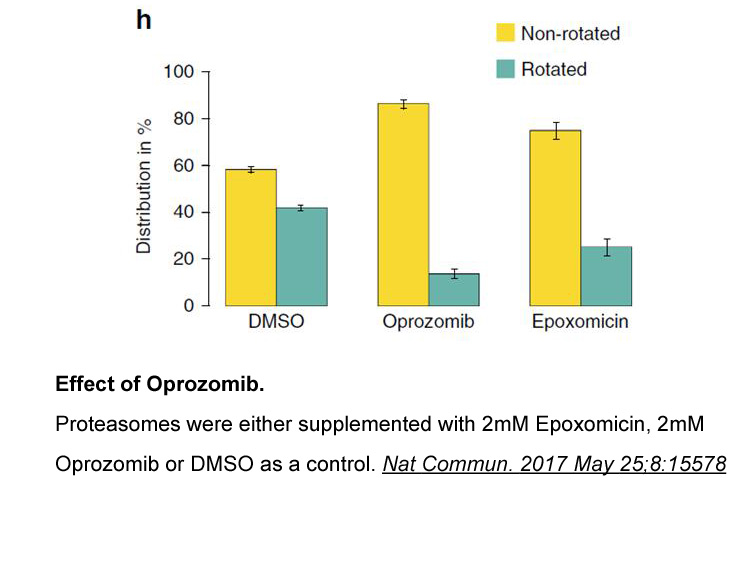
Acknowledgement The authors would like to thank the University of Johannesburg and the National Research Foundation for the financial support. Mr. D Harris and Dr. R Meyer from Shimadzu South Africa are thanked for their technical support. Prof Ian Dubery is thanked for access to the LC-MS instru
-
Benzene metabolism occurs primarily in the
2022-02-09

Benzene metabolism occurs primarily in the liver where benzene is converted into phenol, catechol, hydroquinone (HQ). HQ is further converted to 1,4-benzoquinone (1,4-BQ) in the bone marrow which is the primary organ of benzene toxicity (Bolton et al., 2000). 1,4-BQ is an important benzene metabolit
-
br Materials and methods br Results We examined the cardiac
2022-02-09
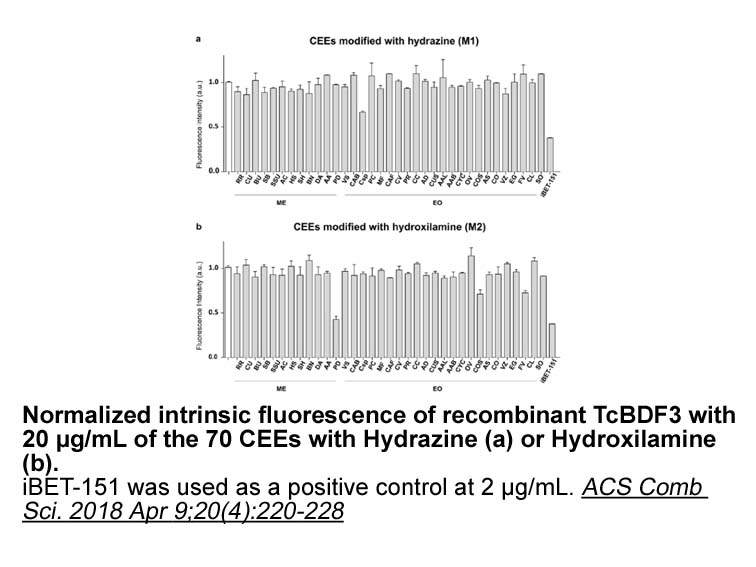
Materials and methods Results We examined the cardiac mitochondrial density of HKI and markers of oxidative and metabolic stress in trout exposed to an aerated control exposure, an aerated (normoxic) thermal insult, or a hyperoxic thermal insult. Should mtHK provide a cardioprotective effect i
-
br Introduction The airway epithelium is the first
2022-02-09
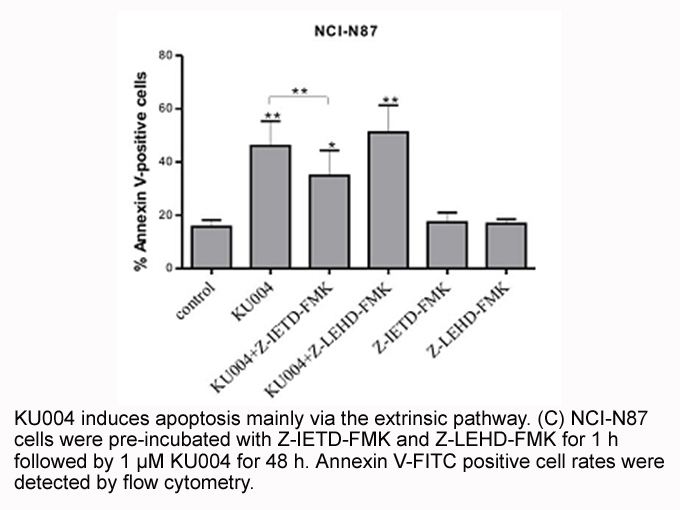
Introduction The airway epithelium is the first barrier against inhaled insults and the final barrier against internal forces (hydrostatic, inflammatory, and ischemic) that disrupt water and solute movement across the epithelium. This barrier is formed by adhesion of airway and alveolar epithelia
-
Therefore we believe that HIF mediated effects on CSC marker
2022-02-09

Therefore, we believe that HIF-mediated effects on CSC markers, apoptosis are mediated through HO-1. Our plan is to look for more mechanistic studies to understand the role of HO-1 degradation products (CO, Fe, and bilirubin) in cellular apoptosis, stemness under hypoxia. The model of role of HO-1 i
-
br Acknowledgements This work was
2022-02-09
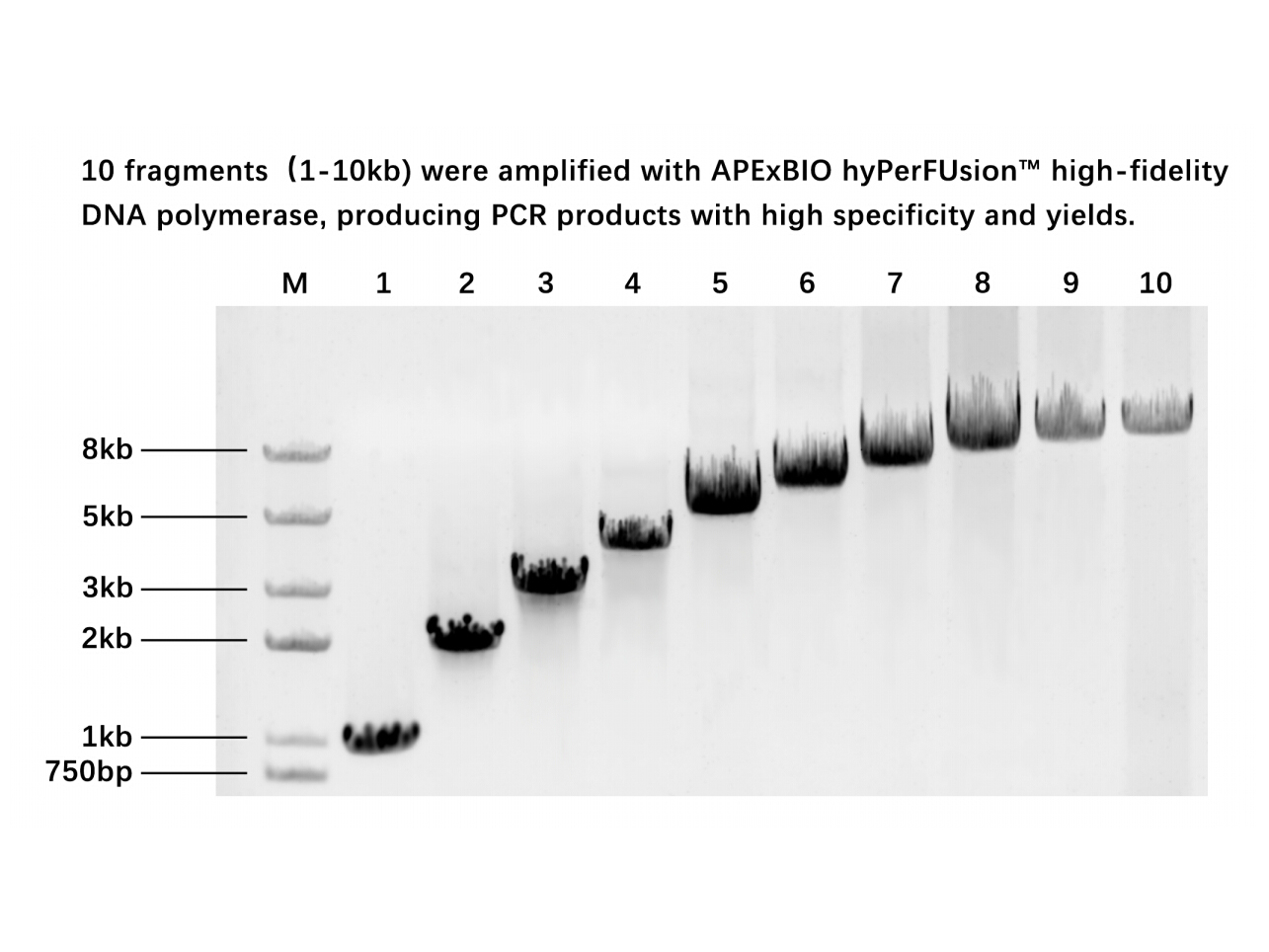
Acknowledgements This work was financially supported by the National Natural Science Foundation of China (Grant No. 81803033) and the “Double First-Class” University project (CPU2018GF02). Introduction Atrial fibrillation (AF) is the most common progressive cardiac rhythm disorder. Studies ha
-
3-bromo-5-phenyl Salicylic Acid br Modulators of the GUCY
2022-02-09
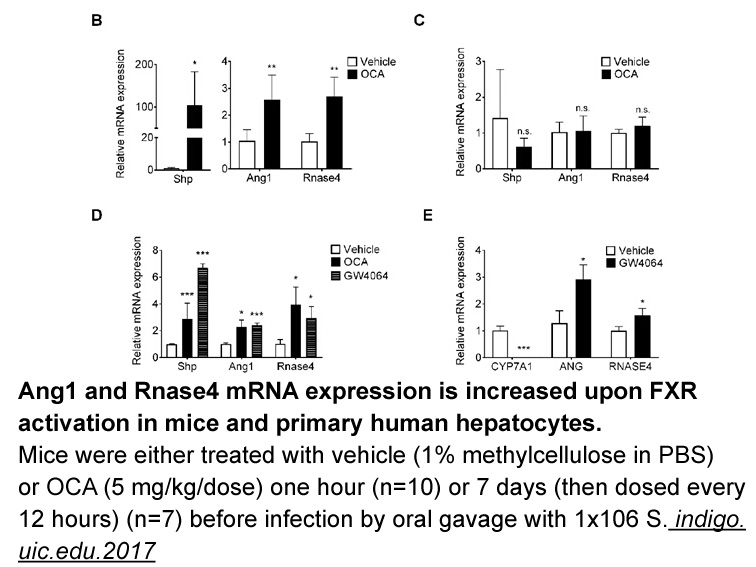
Modulators of the GUCY2C/cGMP/PDEs signaling pathways for CRC prevention and therapy (pre-clinical and clinical development) Several modulators of the GUCY2C/cGMP/PDEs signaling pathways, including GUCY2C agonists and PDEs inhibitors, have been developed and explored as chemopreventive agents for
-
Fusaric Acid synthesis Urinary hydroxypyrene OHP is a widely
2022-02-09

Urinary 1-hydroxypyrene (1-OHP) is a widely used biological marker of exposure to PAHs and indicator for internal dose of activated PAHs (Jongeneelen, 1987, Adonis et al., 2003). PAH metabolites may be excreted either as free or as conjugated compounds. When 1-OHP is measured after treating the urin
-
SGCs tightly ensheath the soma of
2022-02-09
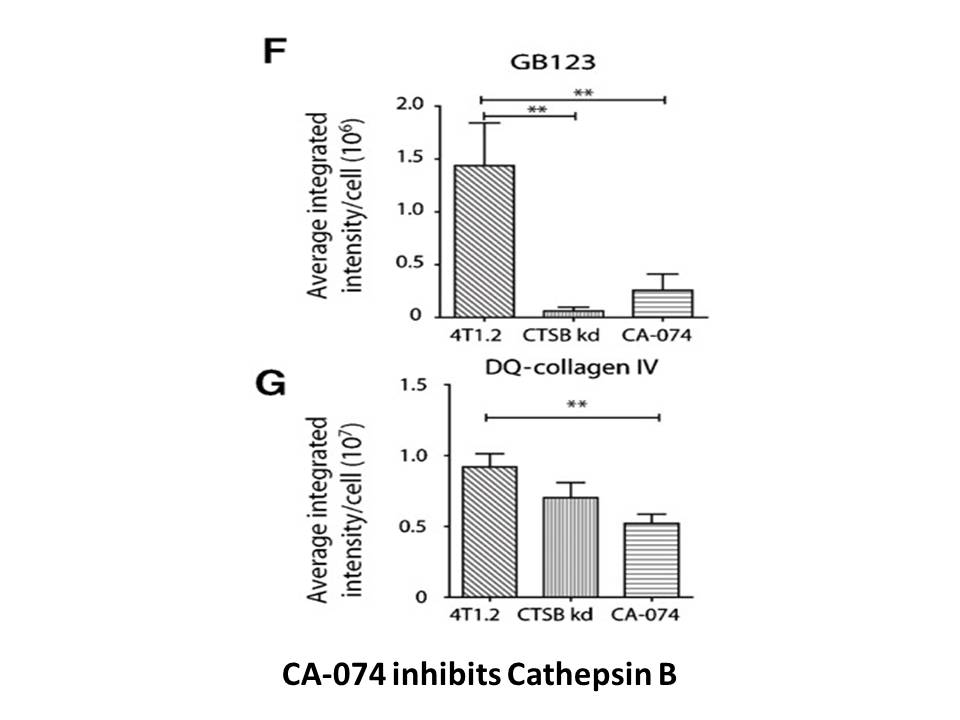
SGCs tightly ensheath the soma of DRG neurons (Costa and Moreira, 2015, Hanani, 2005, Takeda et al., 2009). Intimate associations between SGCs and neurons facilitate bidirectional regulation of SGC function and neuronal excitability. After nerve injury, neuronal hyperexcitability can result in SGC a
-
MRcKO mice showed a comparable degree of cardiac remodeling
2022-02-08

MRcKO mice showed a comparable degree of cardiac remodeling compared to control (MRf/f) mice. Moreover, the worse cardiac remodeling in pressure-overloaded GRcKO mice is not due to compensatory activation of cardiomyocyte MR, because GRMRdcKO mice displayed cardiac remodeling to the same extent as G
-
br Financial support This work was
2022-02-08

Financial support This work was supported by Fondation pour la Recherche Médicale (Equipe labellisée, DEQ20150331724), Inserm, University of Lille, and Agence Nationale pour la Recherche (ANR-10-LBEX-46 and ANR-10-INBS-08; ProFI project, “Infrastructures Nationales en Biologie et Santé”; “Investi
-
br FREE FATTY ACID RECEPTOR GPR
2022-02-08
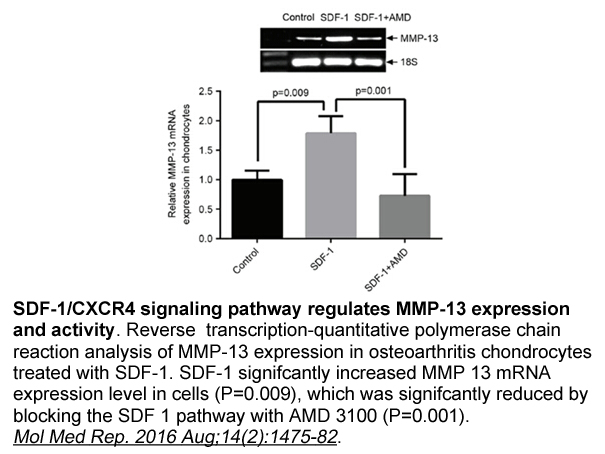
FREE FATTY ACID RECEPTOR 1 (GPR40) G-PROTEIN-COUPLED RECEPTOR 120 CONCLUSION Free fatty sanguinarine receptor receptors whose natural ligands are identified as FFAs having various lengths have been reported. They act as novel nutrient sensing receptors independent of PPARs and FABPs, and th
16579 records 522/1106 page Previous Next First page 上5页 521522523524525 下5页 Last page